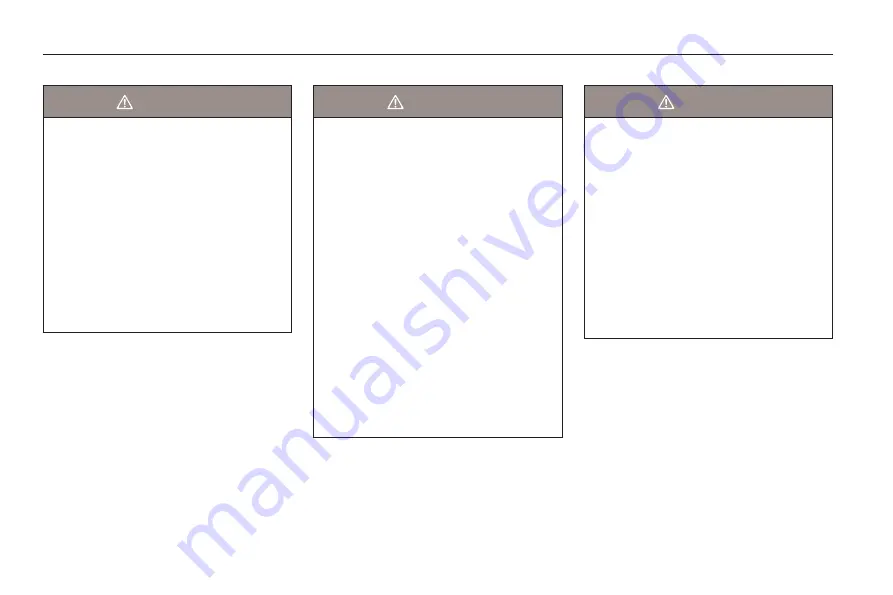
141
5. Driving guide
WARNING
When the brake is wet or icy or when
the vehicle is running on a salted road,
the braking lag may occur, resulting in
a longer braking distance. Therefore, be
careful to prevent accidents.
● A longer braking distance or a fault in
the braking system will increase the
accident rate.
● Lightly depress the brake pedal to
check the brake.
● Lightly depress the brake pedal to dry
brakes or remove ice or anti-skid salt
from brakes.
WARNING
When brakes are overheated, braking
effects will reduce, increasing the
braking distance!
● Take care to avoid overheating brakes.
● When driving downhill, brakes are
likely to be overheated as the brake
load increases.
● It is recommended to engage a low
gear (in manual mode or for a vehicle
with MT) before driving down a long
and steep slope to reduce the vehicle
speed, and make full use of the engine
braking effect to reduce the brake
load.
● Do not keep depressing the brake
pedal. Otherwise, brakes will overheat
and the braking distance will increase.
Brake the vehicle intermittently
according to road and traffic
conditions.
WARNING
● The brake fluid must be changed
every two years. If the brake fluid
stays in the brake system for a long
period, air resistance may occur in
the pipeline during braking, reducing
the braking effect significantly and
impairing driving safety, and even
causing failure of the brake system,
resulting in an accident thereby!
● If the front spoiler is out of standard
or damaged, it will block the cooling
airflow to brakes, causing brakes to
overheat and degrading the braking
effect.
















































